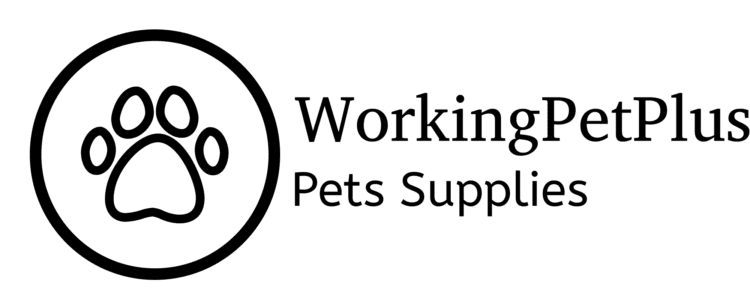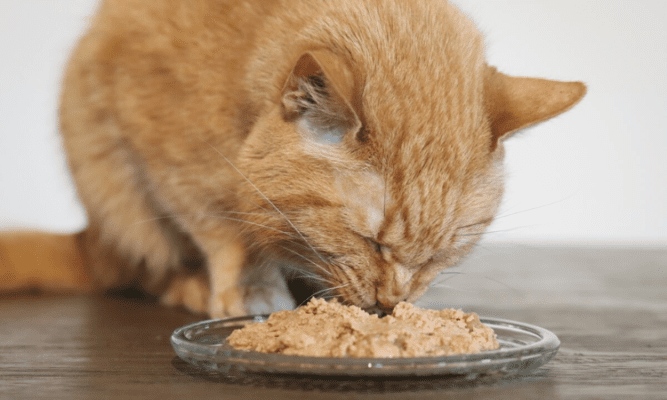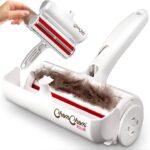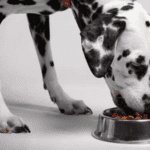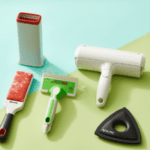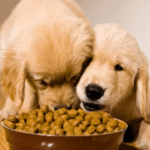As a pet nutritionist with over 7 years of experience working with cats, I frequently encounter the question, “What is the best wet cat food for my feline friend?” With an overwhelming number of options available on pet store shelves, finding the right choice can be challenging. It’s important to remember that there isn’t a one-size-fits-all “perfect” wet food. As caregivers, our role is to understand our individual cat’s needs and preferences to find the best fit.
In this article, I’ll leverage my background in animal science and extensive hands-on experience to outline the key factors you should consider when selecting a nutritious wet cat food. My goal is to equip you with the knowledge to provide your cat with optimal nutrition for lifelong health and happiness.
1. Understand Your Cat’s Age and Activity Level
Different life stages and activity levels require different nutritional approaches.
- Kittens need food that supports their development and immune system. Foods formulated for kittens typically provide higher levels of protein and calories.
- Adult cats require maintenance diets that balance their nutritional needs without excessive calories.
- Senior cats benefit from diets designed to ease digestion and support joint health.
For a detailed overview of nutritional needs by life stage, the American Association of Feed Control Officials (AAFCO) provides comprehensive guidelines.
Activity levels also play a crucial role. For instance, active cats, such as those participating in shows, may need foods that support sustained energy, while less active cats may do well on lower-calorie options.
2. Identify Any Health Conditions Needing Accommodation
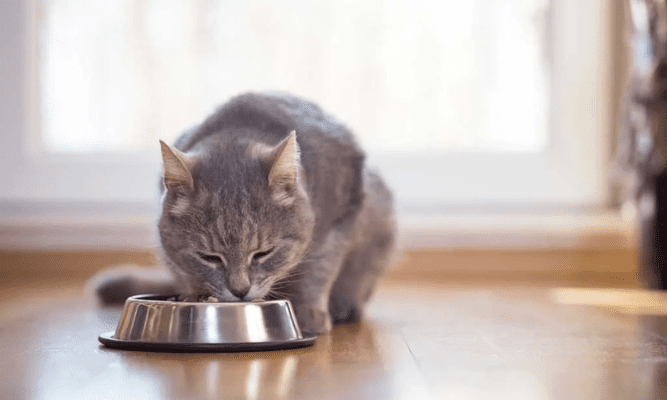
Health conditions such as diabetes or food sensitivities necessitate specialized nutrition.
- Diabetic cats require low-carb diets to manage blood sugar levels effectively. The Cornell University College of Veterinary Medicine offers insights into managing diabetes in cats.
- Cats with food allergies need to avoid ingredients that trigger reactions. The Veterinary Partners website guides managing food allergies in pets.
Before switching foods, consider any health conditions your cat may have to ensure the diet supports rather than aggravates these issues.
3. Select Meat-Rich Formulas with Moisture
Cats are obligate carnivores, meaning their diet should be primarily meat-based.
- Look for grain-free wet foods that list real animal ingredients, such as chicken, turkey, beef, or fish, as the first components. The American Animal Hospital Association (AAHA) recommends focusing on high-quality animal proteins.
- Ensure the food includes added moisture, as cats have a low thirst drive. Wet foods contain water, which is essential for urinary and kidney health.
4. Review Ingredient Panels to Avoid Fillers
Analyzing ingredient panels helps avoid low-quality fillers that lack nutritional value.
- Avoid ingredients like wheat, corn, soy, and by-products. Artificial colors, flavors, and preservatives are also red flags.
- Seek nutrient-dense whole foods, such as meat meals, organ meats, and vegetables. For further information on reading pet food labels, visit the Pet Food Institute.
5. Understand Your Cat’s Taste Preferences
Cats have unique taste preferences. Consider factors such as:
- Flavor: Does your cat prefer fish, poultry, or red meat?
- Texture: Does your cat like chunky textures or smooth pates?
- Additives: Does your cat enjoy foods with gravy or broth?
Understanding these preferences can improve acceptance and reduce waste. For advice on accommodating feline taste preferences, Petfinder offers useful tips.
6. Purchase Small Packs First to Test New Foods
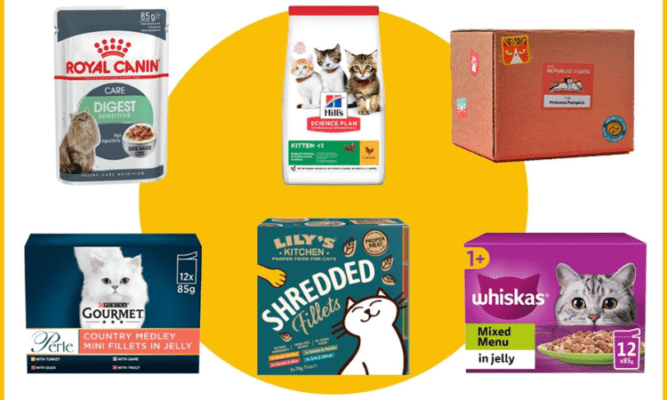
When introducing a new food, start with small packs to gauge your cat’s reaction.
- Mix a small amount of the new food with the current food and gradually increase the new food over 2 weeks. If your cat shows little interest or experiences digestive issues, try another formula.
7. Work Closely with Your Veterinarian
Collaborating with your veterinarian is crucial for selecting the right food. Regular wellness checks help monitor your cat’s health and adjust the diet as needed. The American Veterinary Medical Association (AVMA) emphasizes the importance of veterinary guidance in maintaining optimal pet health.
Also read our article on Top 7 Wet Cat Foods for Finicky Felines in 2024.
The Takeaway on Choosing Wet Cat Food
I hope this article provides a helpful framework for navigating the selection of optimal feline nutrition. While many high-quality wet cat foods are available, finding the right one involves assessing your cat’s life stage, activity level, health conditions, and personal tastes.
Although the process may seem daunting initially, taking it step-by-step and working closely with your veterinarian will help you find a nutritionally balanced wet food to keep your feline friend healthy and happy.
Wishing you and your cat the very best in health! Please feel free to reach out with any nutrition questions. I’m here to help guide you toward optimal wellness.

M0lly is a passionate blogger and content creator based in Östergötland, Sweden. With a personal blog that has captivated a dedicated audience since December 2021, M0lly offers a unique perspective on a variety of topics. Her content reflects her deep engagement with her followers, sharing insights and experiences through 1,120 posts and connecting with a community of over 1,500 followers.
M0lly’s work blends personal reflections with thoughtful commentary, creating a space for meaningful conversations and connections. Her profile is a testament to her commitment to authentic content and engagement.
For more updates and to follow her journey, visit her Instagram profile: M0lly on Instagram.
